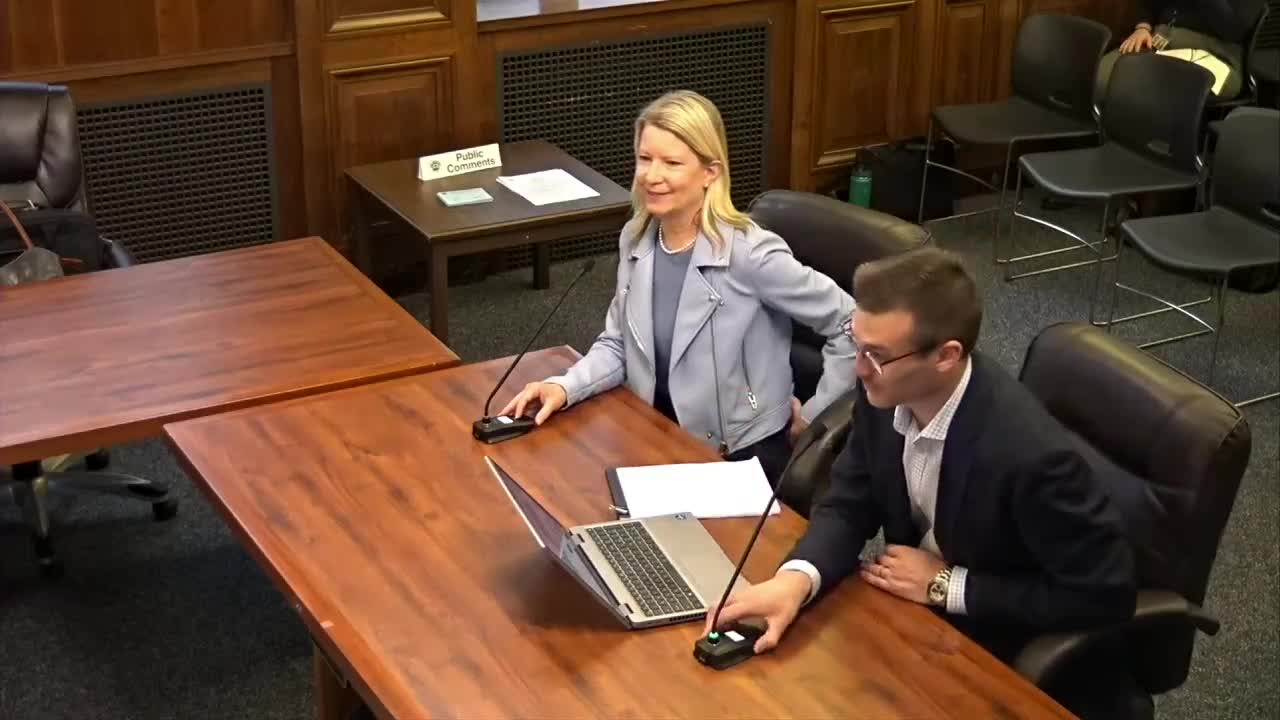Milwaukee County Unveils Sustainable Design Standards Aimed at Net Zero Carbon Emissions by 2050
May 12, 2025 | Milwaukee County, Wisconsin
This article was created by AI summarizing key points discussed. AI makes mistakes, so for full details and context, please refer to the video of the full meeting. Please report any errors so we can fix them. Report an error »

Milwaukee County is taking a bold step towards sustainability with the introduction of new design standards aimed at achieving zero net carbon emissions by 2050. During a recent hybrid meeting of the Committee on Community, Environment, and Economic Development, officials presented a comprehensive framework that emphasizes energy efficiency, emissions control, and climate resilience.
The sustainable design standards were developed through collaboration among all county departments, reflecting a unified commitment to environmental responsibility. The initiative identifies three priority areas: energy efficiency, emissions and pollution control, and climate resilience. These areas align with the recently adopted Climate Action 2050 plan, which sets ambitious goals for the county's environmental impact.
Projects will be categorized into two tiers based on their scope and compliance requirements. Tier 2 projects must meet all mandatory standards, while Tier 1 projects will go further by adopting additional best practices. Exemptions are available for temporary structures and emergency repairs, ensuring flexibility in urgent situations.
The implementation process involves a detailed workflow where project teams will assess their projects against a preliminary scorecard to determine their tier classification. This structured approach aims to ensure that sustainability standards are integrated from the design phase through to construction and project closeout.
To maintain transparency and accountability, the Office of Sustainability will review all documentation and provide annual updates to the county board on the progress of these standards. This includes metrics on project compliance and any exemptions requested.
Moreover, Milwaukee County is eager to share its sustainable design resources with other municipalities, promoting a collaborative effort towards more efficient and environmentally friendly projects across the region.
As the county moves forward with these standards, the focus remains clear: to foster a sustainable future while enhancing community resilience and equity. The next steps will involve ongoing evaluation and adaptation of these standards to ensure they meet the evolving needs of Milwaukee County and its residents.
The sustainable design standards were developed through collaboration among all county departments, reflecting a unified commitment to environmental responsibility. The initiative identifies three priority areas: energy efficiency, emissions and pollution control, and climate resilience. These areas align with the recently adopted Climate Action 2050 plan, which sets ambitious goals for the county's environmental impact.
Projects will be categorized into two tiers based on their scope and compliance requirements. Tier 2 projects must meet all mandatory standards, while Tier 1 projects will go further by adopting additional best practices. Exemptions are available for temporary structures and emergency repairs, ensuring flexibility in urgent situations.
The implementation process involves a detailed workflow where project teams will assess their projects against a preliminary scorecard to determine their tier classification. This structured approach aims to ensure that sustainability standards are integrated from the design phase through to construction and project closeout.
To maintain transparency and accountability, the Office of Sustainability will review all documentation and provide annual updates to the county board on the progress of these standards. This includes metrics on project compliance and any exemptions requested.
Moreover, Milwaukee County is eager to share its sustainable design resources with other municipalities, promoting a collaborative effort towards more efficient and environmentally friendly projects across the region.
As the county moves forward with these standards, the focus remains clear: to foster a sustainable future while enhancing community resilience and equity. The next steps will involve ongoing evaluation and adaptation of these standards to ensure they meet the evolving needs of Milwaukee County and its residents.
View full meeting
This article is based on a recent meeting—watch the full video and explore the complete transcript for deeper insights into the discussion.
View full meeting
